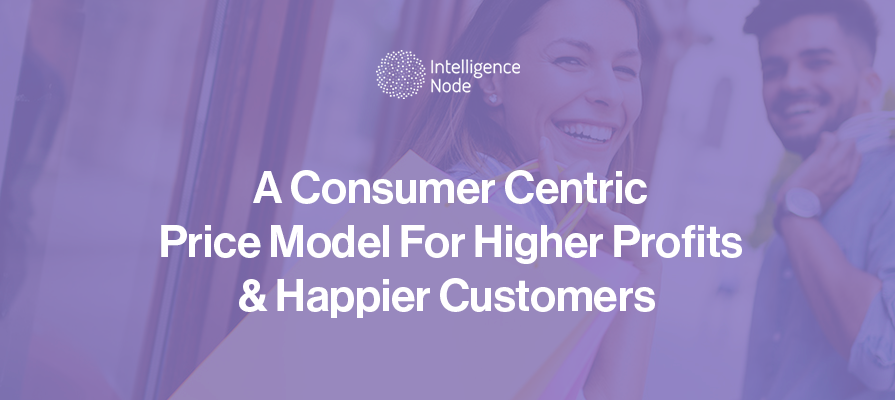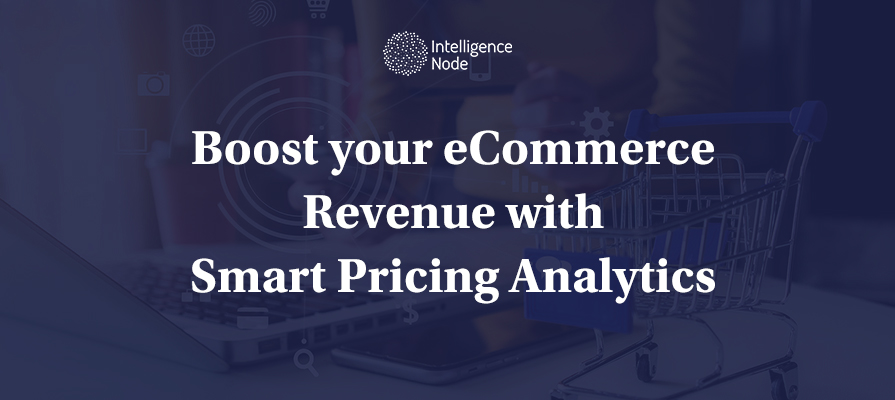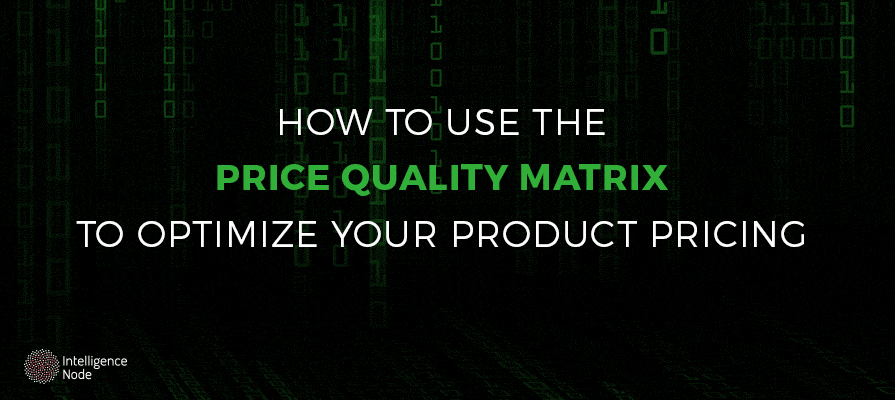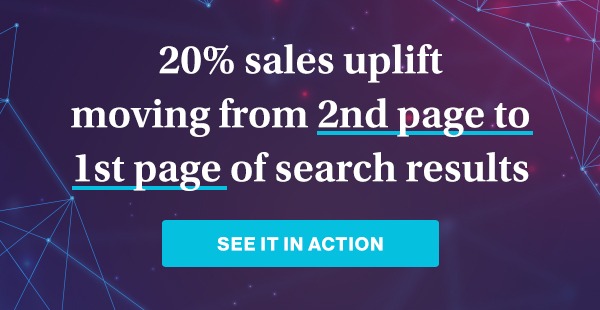Retail Has Transformed More In a Year Than in the Last 10
2020 was an unprecedented year and left the world in disruption and uncertainty. But, with the social distancing mandates and mandatory home quarantines came the sudden and lasting shift to eCommerce. Let’s look at some numbers that prove the point that retail’s massive digital transformation is here to stay:
- The global eCommerce market crossed the two trillion US$ threshold in 20201
- US Online’s share of total retail sales accelerated in 2020 with ecommerce penetration hitting 21.3%2 last year
And the future tells us a similar story:
- US eCommerce market is estimated to grow to $475B by 2024 (Forrester)
- And the European market is estimated to grow to $510B by 2024 according to Statista
- And, Forrester just published its report estimated that Online Retail Will Reach US$2.5 Trillion In Asia Pacific By 2024
Sure, the eCommerce market may not continue its pandemic-paced growth in 2021 but the growth curve is trending up and it will not decline any time soon.
And The Online Shopper Has Evolved Too!
While shoppers were already increasingly shifting their buying preferences to eCommerce and omni-channel options, COVID-19 acted as a catalyst to further accelerating this shift in favour of eCommerce and digitally driven shopping options. Let’s look at this transformation in numbers and what the future holds for retail consumers:
- 84% of global consumers shopped online during the pandemic (Shopify).
- 75% of people shop online at least once a month (Statista)
- Grocery delivery and pickup grew almost 5x from August 2019 to November 2020, amidst the pandemic (Statista)
- It used to be just expensive products like electronics where purchased online but now even essential items are purchased online routinely as well.
- 72% of the shoppers are likely to stray from their favorite brand to get a better price (Intelligence Node Consumer Buying Behavior report)
- Shoppers are buying in-store, online, and on their phone, and are constantly checking pricing before making a purchase decision. Price is no longer a differentiator, it is a table stake to get you in front of the customer. Consumers are looking at your competitors and you need to benchmark to ensure they choose you over competitors.
Where Do Online Marketplaces Stand In This Changing Retail Scenario?
Growing eCommerce demand and the changing shopper behavior are not the only dynamics being affected in 2021 and beyond. We are also seeing marketplaces on shaky grounds with consumers because of a myriad of problems.
We have all heard the news about the $2 billion that Amazon is going to spend on cracking down on counterfeits on its platform. We also know that 3rd party sellers are not being treated fairly on marketplaces like Amazon. Beyond these important issues, consumers are experiencing product quality issues and, and brands are fed up with the patent violations and margin losses that they believe are not being handled properly – hence, Nike pulling back its products off Amazon.
All of these issues combined, contributed to an erosion of trust that is happening now in 2021 – and it opens a new window for brands and retailers – one that they can really use to build stronger bonds with customers and develop a loyal following.
So with this as the context for the eCommerce sector, the changing online shopper, and the eroding trust with marketplaces, it makes for the perfect time for you to really take a deep look at your pricing and product policies.
Now, let us look at what pricing leaders within brands and retailers can do to capitalize on these changes:
Pricing in the new world: what it takes to be customer centric
As discussed above, consumer preferences and shopping habits have changed and brands and retailers need to reevaluate their pricing strategies to align with these evolved shoppers. In this section, we will discuss the ‘big picture’ when it comes to pricing right and look at a consumer centric pricing model that utilizes granular consumer data to create competitive, dynamic pricing strategies that have been helping leading brands and retailers stay on top of their competitors and convert and retain customers.
- Data Centric delivers clean, reportable data. You can see trends.
- Product Centric delivers relationships between data. You understand cause and effect.
- Consumer Centric reveals behavior patterns of your best shoppers. You learn buying triggers.
The Foundation – Data Centric Optimization
Data forms the foundation of any good pricing strategy. You need to be collecting the right product data, the right hierarchy of data, and the right pricing data at all times. When collecting large volumes of data, you need to know the paid and display ads that have been running, the promotion mechanics that are in play and the promotion tactics that are being run. Moreover, you need to know the costs that are associated with each of these. So whether it is a committed trade spend or whether it’s discretionary trade spend, you need to have systems in place to capture and collect and then present and use that information to make decisions. And typically for brands, this is a TPM system, trade promotion management system, which is core to evaluate in the trade spend.

Once you have the means to collect accurate data from various online and offline sources, it is time to leverage this data to analyze trends and incorporate them into your decision making. This brings us to the next level of the pricing pyramid – Product Centric Optimization.
Product Centric Optimization
Moving on to the next stage of the journey, let’s look at Product Centric Optimization. Here, what you should be looking to do is understand the relationship between the data and the cause and effects. You need to understand the complex relationships between the price changes, the core price, promotional tactics, mechanics, features, and display. You will also be looking to build in eCommerce data here by understanding what search and media spends you’ve got, what products are on display, and the ratings and reviews, and start to build out models to allow your team to understand just what’s going on.
And of course, in these unprecedented COVID times, you need to adjust your metrics and parameters for COVID disruption and build that into your models. You need to understand the new normal and the new baselines.
For this level of complexity, you will need to collaborate with data science teams to process the huge amounts of data and have the best chance of optimizing media, price, and promotion spends. While this level is more sophisticated that data centric optimization, brands cannot stop at this. They need to expand their horizons and move to the top of the pyramid to deploy Customer Centric Optimization.
Consumer Centric Optimization – The Key Pricing Frontier
The key frontier beyond data and Product Centric Optimization is Consumer Centric Optimization. And the reason why that’s important is because the only reason organizations are able to survive and employees are able to take a paychecks home is because shoppers buy the things that we’re selling or producing. So if we don’t know the consumer, we don’t know the quality of the volume and the quality of the sales that we’re putting through.
And why is that important? Leveraging granular shopper level data allows retailers to understand who their customers are, which of them bring the most value to their bottom-line, why they are doing so, and through which brands and products they are doing so.
And the high value shopper is worth approximately 12 times the value of a low value shopper – an important factor that we just cannot ignore. So really where do you want to play? Where do you want to spend the marketing dollars? Where do you want to spend your consumer promotion and media spend? You want to spend it with the high value shoppers and for that you need to know these high-value consumers really well. You need to know what they like to buy, where they like to buy from, when they buy and what promotions and price points appeal to them most. And you can only know that once you get hold of their granular transactional data. With this information, you can cluster these high-value shoppers into segmented groups and target them better with personalized offers, promotions, and price points.
Now, the question is, where can you get this data from? Retailers have easy access to this data but that might not always be the case for brands who don’t sell through DTC channels. The answer to this would be through collaborations with retailers and trade partners to access this data and curate better pricing, promotion, and assortment strategies targeted towards high value customers who bring in most of the business. As this is a win-win situation for both parties and a chance to increase sales, there shouldn’t be a reason for retailers to not share this shopper data with the brands.
And the next best practice would be to use the right tools. Having the right data is just the start. Without tools to intercept and use this data, you are just left with volumes of information with no way to leverage it. You need smart data analytics and AI-driven price automation tools to analyze this data and take quick actions based on smart recommendations and insights.
Conclusion: The Future of Retail is Consumer Centric
Today’s consumers have immense data at their fingertips and make decisions only after weighing their choices, looking at multiple price points available and going with the best option available to them. This puts the ball in their court and makes them more powerful than ever before. Brands need to go one step further to engage with these shoppers, build strategies that revolve around these shoppers and convert them into loyal customers. Thanks to the large amounts of granular consumer data brands and retailers have access to and smart analytic tools to turn this data into decision-driving intelligence, they can create engaging consumer experiences, personalized offerings, and competitive pricing and promotions for their valued customers and stay ahead in the highly competitive retail economy.
Want a more in-depth view into consumer centric pricing with live industry examples, pricing best practices, and expert insights? Access our on-demand webinar on ‘Better Pricing for Higher Profits & Happier Customers’ featuring retail stalwarts from Mars Inc & Intelligence Node.





